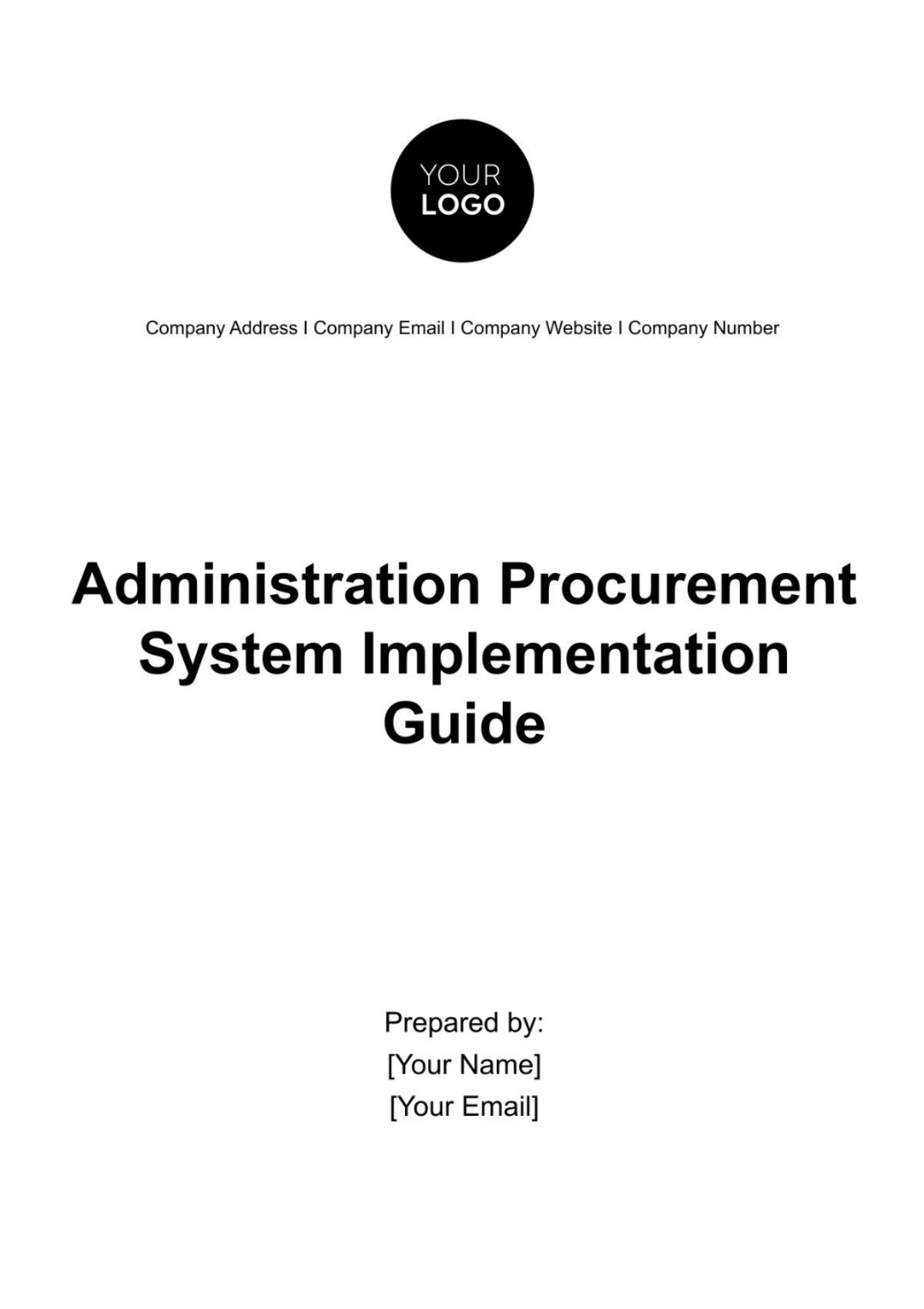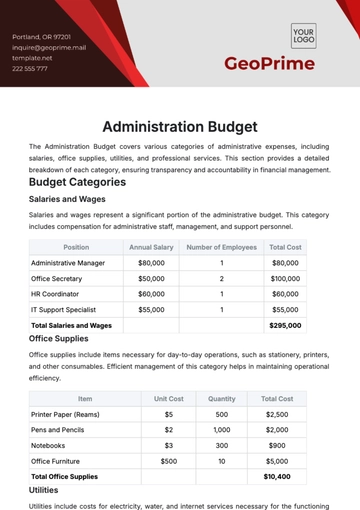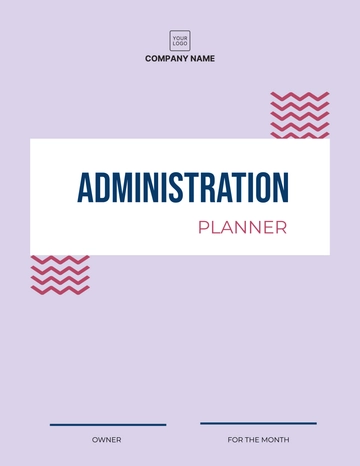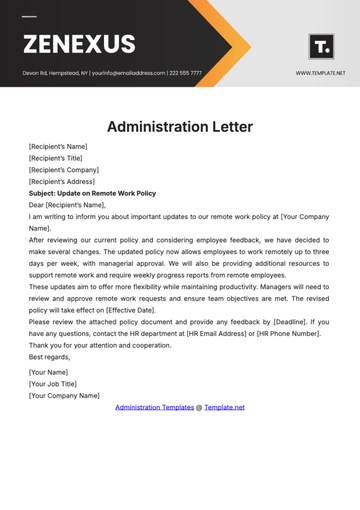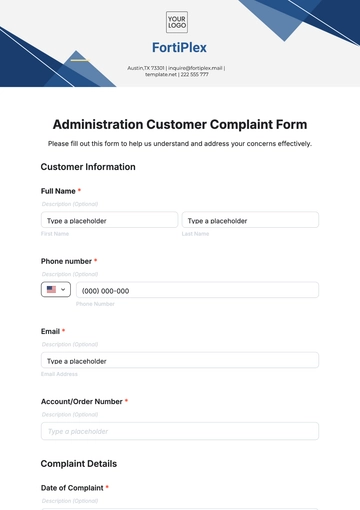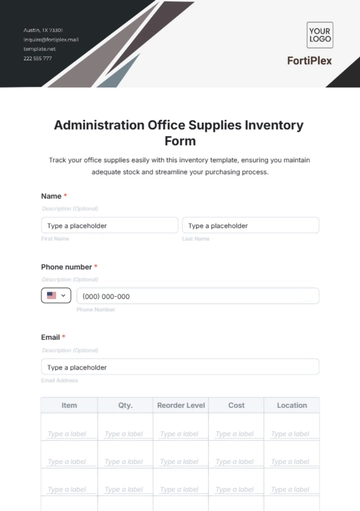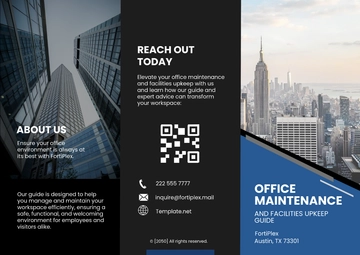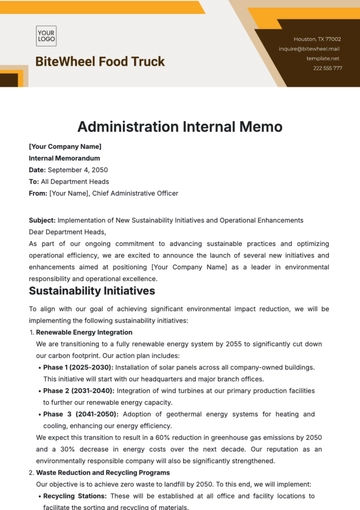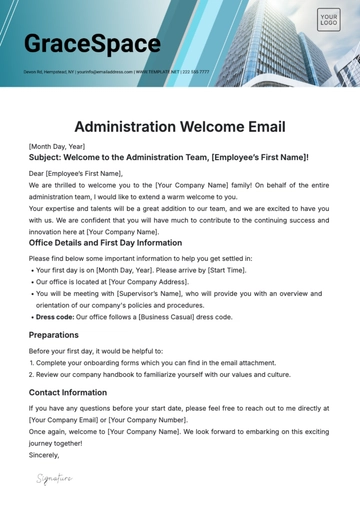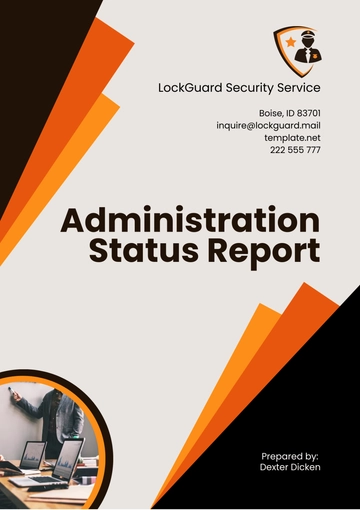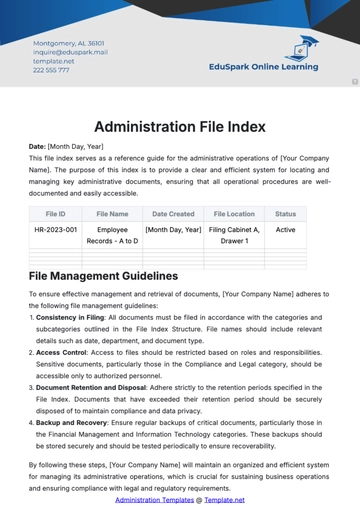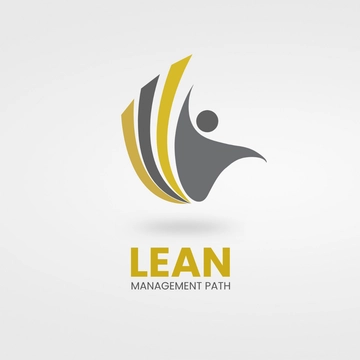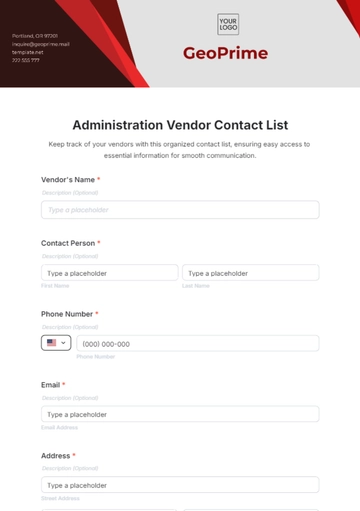A. Plan Overview
Welcome to our Workplace Emergency Evacuation Plan. This indispensable guideline meticulously outlines the essential steps to be undertaken in the event of an emergency requiring evacuation. Designed with precision, this document ensures the utmost safety for all employees and visitors, as well as the protection of workplace assets. With its comprehensive layout and detailed information, this plan guarantees a swift and organized response to any emergency scenario. By adhering to the protocols outlined herein, we prioritize the well-being of our workforce and reinforce our commitment to a secure working environment.
B. Types of Emergencies and Procedures
In this section, we outline the specific procedures to be followed in various emergency scenarios that may arise in the workplace. It's essential to understand and be prepared for each type of emergency to ensure a swift and effective response.
Fire: Fire emergencies pose a significant threat to workplace safety. In the event of a fire, remain calm and immediately activate the nearest fire alarm pull station. Evacuate the building using the nearest safe exit route, and do not use elevators. If safe to do so, assist others in evacuating, and proceed to the designated assembly point outside the building. Once outside, do not re-enter the building until instructed by emergency personnel.
Natural Disasters: Depending on the geographical location of your workplace, natural disasters such as earthquakes, hurricanes, or tornadoes may occur. Familiarize yourself with the appropriate response procedures for each type of natural disaster. During an earthquake, drop, cover, and hold on. In the event of severe weather, seek shelter in designated safe areas away from windows and doors.
Chemical Spills: Chemical spills can present serious health and safety hazards. If you encounter a chemical spill, immediately evacuate the area and alert appropriate personnel. Avoid contact with the spilled substance and follow designated decontamination procedures if exposed.
Other Hazardous Incidents: While the above examples cover common emergencies, it's crucial to be prepared for any unforeseen hazardous incidents. This may include power outages, active shooter situations, or medical emergencies. Each scenario requires a unique response, so familiarize yourself with the appropriate procedures outlined in this guide.
By understanding and adhering to these emergency procedures, we can ensure the safety and well-being of all employees and visitors in the workplace.
C. Evacuation Routes and Assembly Locations
The evacuation blueprint for each area of the workplace including alternate exit routes and assembly points post evacuation should be clearly detailed and marked.
Area of the Workplace | Primary Exit Route | Alternate Exit Route | Assembly Point |
|---|
Area 1 | Route 1 | Route 2 | Assembly Point A |
Area 2 | Route 3 | Route 4 | Assembly Point B |
Area 3 | Route 5 | Route 6 | Assembly Point C |
Area 4 | Route 7 | Route 8 | Assembly Point D |
Area 5 | Route 9 | Route 10 | Assembly Point E |
D. Key Personnel and Their Responsibilities
In the event of an emergency evacuation, designated personnel play critical roles in executing the evacuation plan and ensuring the safety of all individuals within the workplace. Clear definition of roles and responsibilities enhances coordination and efficiency during such stressful situations. Below are the key personnel and their respective responsibilities:
Personnel | Responsibilities |
|---|
Emergency Coordinator | Oversees the overall implementation of the evacuation plan. Coordinates communication with emergency services and authorities. |
Floor Wardens | Conduct regular evacuation drills and ensure all occupants are familiar with evacuation procedures. |
First Aid Responders | Provide immediate medical assistance to injured individuals and coordinate with emergency medical services. |
Evacuation Monitors | Guide occupants to designated evacuation routes and assembly points. Assist individuals with disabilities or special needs. |
Communications | Disseminate evacuation instructions and updates via PA systems, email, or other communication channels. |
By assigning specific roles to trained personnel, we can ensure a coordinated and effective response to emergencies, minimizing risks and maximizing safety for all individuals within the workplace.
E. Description of Facilities and Emergency Equipment
In the event of an emergency, quick access to essential facilities and emergency equipment is vital for ensuring the safety and well-being of all individuals within the workplace. This section provides detailed information about the location and proper use of key emergency resources.
1. Fire Extinguishers
Location: Fire extinguishers are strategically placed throughout the workplace in easily accessible locations.
Types: Different types of fire extinguishers are available to address various classes of fires, including Class A, B, and C.
Usage: Employees should familiarize themselves with the PASS technique (Pull, Aim, Squeeze, Sweep) for operating fire extinguishers.
2. First Aid Kits
Location: First aid kits are located in designated areas throughout the workplace, such as break rooms, reception areas, and production floors.
Contents: Each first aid kit contains essential supplies for providing immediate medical assistance, including bandages, antiseptics, gloves, and emergency contact information.
Usage: Employees should receive training on basic first aid procedures and know how to locate and use the contents of first aid kits.
3. Emergency Lighting
Location: Emergency lighting is installed in all exit routes, stairwells, and other critical areas to provide illumination during power outages or evacuations.
Functionality: Emergency lighting is designed to automatically activate in the event of a power failure, ensuring safe passage for evacuees.
Maintenance: Regular maintenance and testing of emergency lighting systems are conducted to ensure functionality.
4. Evacuation Chairs
Location: Evacuation chairs are available on each floor of the building, typically near stairwells or emergency exit routes.
Purpose: Evacuation chairs are designed to assist individuals with mobility impairments in safely descending stairs during evacuations.
Training: Designated personnel receive training on how to operate evacuation chairs and assist individuals with disabilities during evacuations.
F. Communication During Emergencies
In the event of an emergency, effective communication is crucial for ensuring the safety and well-being of all individuals within the workplace. Below is the procedure for communication during emergencies:
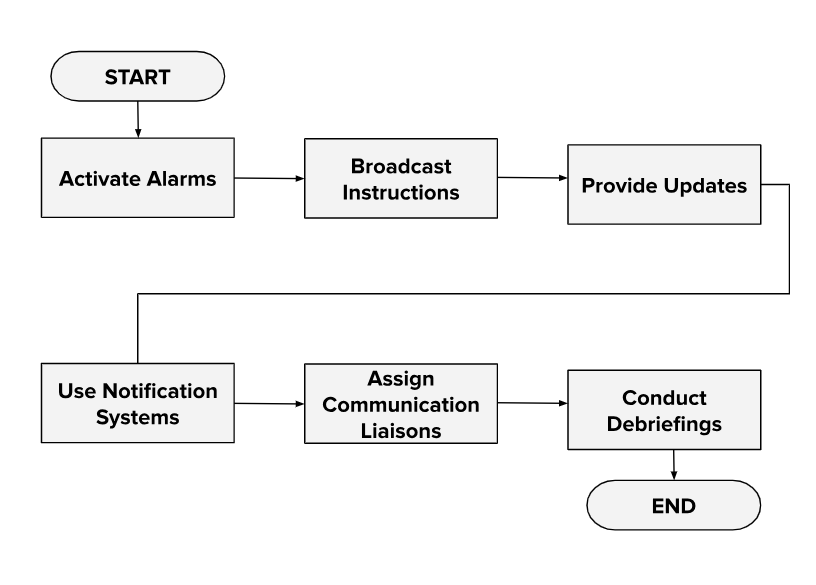
Activate Alarms
Sound alarms immediately to alert occupants of the emergency and initiate evacuation procedures.
Broadcast Instructions
Use PA systems or other communication channels to convey clear and concise instructions for evacuation and safety procedures.
Provide Updates
Continuously provide updates and relevant information regarding the emergency situation to keep employees informed and reassured.
Use Notification Systems
Activate emergency notification systems, such as text alerts or automated phone calls, to reach employees who may not be within earshot of alarms.
Assign Communication Liaisons
Assign designated personnel to communicate with emergency services, provide updates to management, and coordinate communication efforts internally.
Conduct Debriefings
After the emergency has been resolved, hold debriefing sessions to review communication effectiveness, identify areas for improvement, and gather feedback from employees.
Clear and timely communication is essential for guiding individuals through evacuation procedures, providing updates, and coordinating efforts with emergency services. Following the resolution of the emergency, conducting thorough debriefings allows for reflection and improvement, enhancing overall preparedness for future incidents.
G. Training Procedures and Drills
Regular training sessions and drills are essential to ensure all staff members are prepared to respond efficiently during emergencies. This section details the frequency and format of training, evaluation measures, and strategies for improving the evacuation plan.
Frequency of Training: Schedule regular training sessions to reinforce emergency procedures.
Format of Training: Utilize a variety of methods, including lectures, hands-on exercises, and simulations.
Evaluation Measures: Assess staff performance during drills and gather feedback for improvement.
Improving the Evacuation Plan: Incorporate lessons learned from drills to enhance the effectiveness of the plan.
Strategy for Updates and Lessons Learned: Develop a systematic approach for updating the plan based on feedback and emerging best practices.
By prioritizing comprehensive training and continuous improvement, we ensure our readiness to effectively respond to emergencies and safeguard the well-being of all individuals in the workplace.
Administration Templates @ Template.net
